We have recently published an extensive review on the Intel Core i7 5775C, the first Broadwell processor that is available of the shelf. What we have not covered in our previous review is the actual like-for-like performance gain that Broadwell has over the previous generation. We have tested this as well as the gain over earlier generations, covering a total of five generations of Intel processors running on the same clock frequency.
Intel implements their tick-tock strategy when introducing new processors, firstly introducing a new architecture (tock) and after that a new manufacturing process (tick). The latest iteration of this process is the Broadwell chip, which is a processor based on existing architecture but with a new generation of transistors, so a tick. These are normally known for their increase in efficiency and therefore more performance per watt. The processors based on new architecture (tocks) are usually the ones that show a large increase in performance overall, recent examples of these are the Sandy Bridge and Haswell.
It looks like the upcoming Skylake will be the last step in this strategy, as Intel has already announced that after the upcoming tock there will be two ticks in stead of just the one.
| Architecture | CPU's | Tick/Tock | Process | Introduction |
|---|---|---|---|---|
| Presler/Cedar Mill | Pentium 4 / D | Tick | 65 nm | 2006 |
| Conroe/Merom | Core 2 Duo/Quad | Tock | 65 nm | 2006 |
| Penryn | Core 2 Duo/Quad | Tick | 45 nm | 2007 |
| Nehalem | Core i | Tock | 45 nm | 2008 |
| Westmere | Core i | Tick | 32 nm | 2010 |
| Sandy Bridge | Core i 2xxx | Tock | 32 nm | 2011 |
| Ivy Bridge | Core i 3xxx | Tick | 22 nm | 2012 |
| Haswell | Core i 4xxx | Tock | 22 nm | 2013 |
| Broadwell | Core i 5xxx | Tick | 14 nm | 2014 (2015 desktops) |
| Skylake | Core i 6xxx | Tock | 14 nm | 2015 |
| Kaby Lake | Core i 7xxx? | Refresh | 10 nm | 2016 |
| Cannonlake | Core i 8xxx? | Tick | 10 nm | 2017 |
To find out how this has evolved over the last five generations of Intel processors we conducted a fast IPC test on all of them. We used a processor out of each generation, clocked them at exactly 3.0GHz, disabled the Turbo and HyperThreading settings and used 8 GB DDR3-1600 memory on 8-8-8-24 1T timings with all of them.
We have tested the below processors at the settings mentioned above:
Westmere: Intel Core i7 875K
Sandy Bridge: Intel Core i7 2600K
Ivy Bridge: Intel Core i7 3770K
Haswell: Intel Core i7 4790K
Broadwell: Intel Core i7 5775C
We ran two benchmarks; Cinebench R15 and the Tech Arp x264 video-encoding benchmark. We ran both of these benchmarks multi-threaded (all cores active) as well as single-threaded (one core active).
The graph below shows the results for Cinebench R15, single threaded and multi-threaded. As we expected the largest performance jumps occur on the tocks, specifically Sandy Bridge and Haswell. The biggest performance gain was primarily the introduction of Sandy Bridge, and the smallest jump is found on the introduction of the Ivy Bridge chips. The differences between Ivy and Sandy Bridge were quite small so this can be explained, however the jump on introduction of the Broadwell is like-for-like less than 4%.
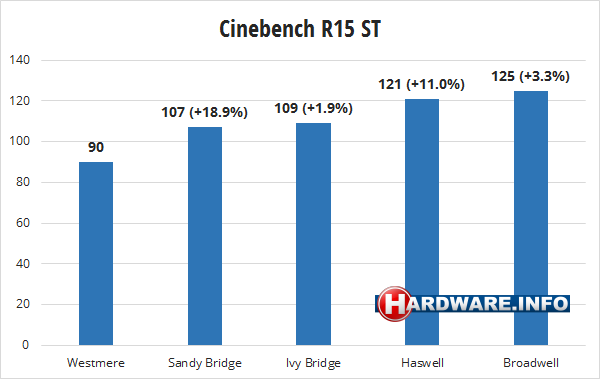

In the Tech Arp x264 benchmark the largest gains again are on the two tocks, Sandy Bridge and Haswell. It is peculiar that in this benchmark Ivy Bridge also performs a lot better than its predecessor. The performance gains on Broadwell are limited compared to the Haswell processors.


We admit that with only two benchmarks it is impossible to draw final conclusions, but in these two benchmarks we do not see the promised 5% performance increase that Broadwell should have compared to the Haswell processors. For large performance gains we have to wait until the next tock, the new architecture.
Fortunately we do not have to wait long until the new tock arrives, the first Intel Skylake processors are not far away from introduction, and when they arrive we will obvioulsy conduct this test on the new architecture.



 Likes:
Likes: 


 Responder com Citação
Responder com Citação














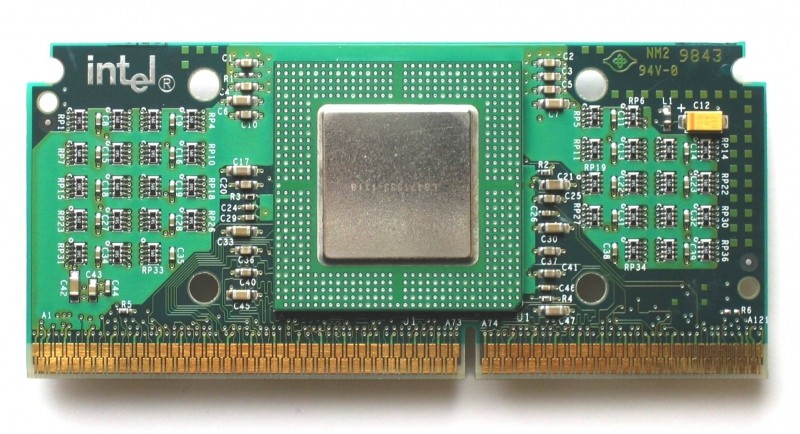
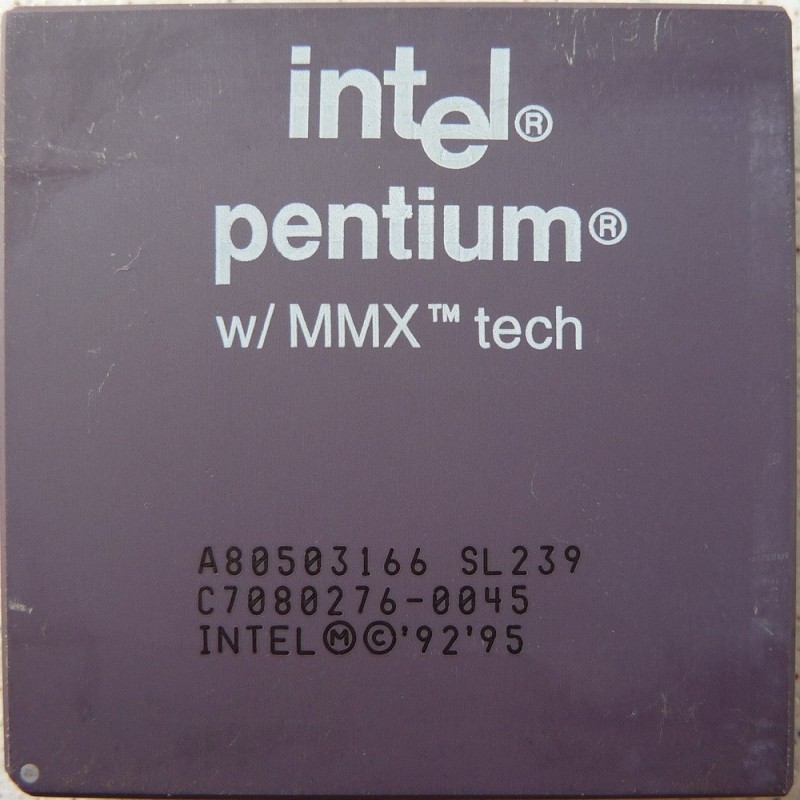
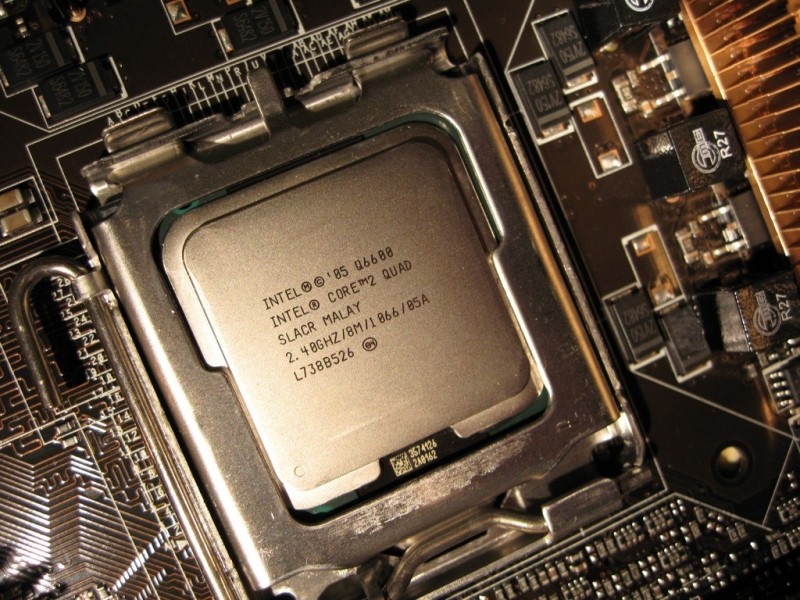
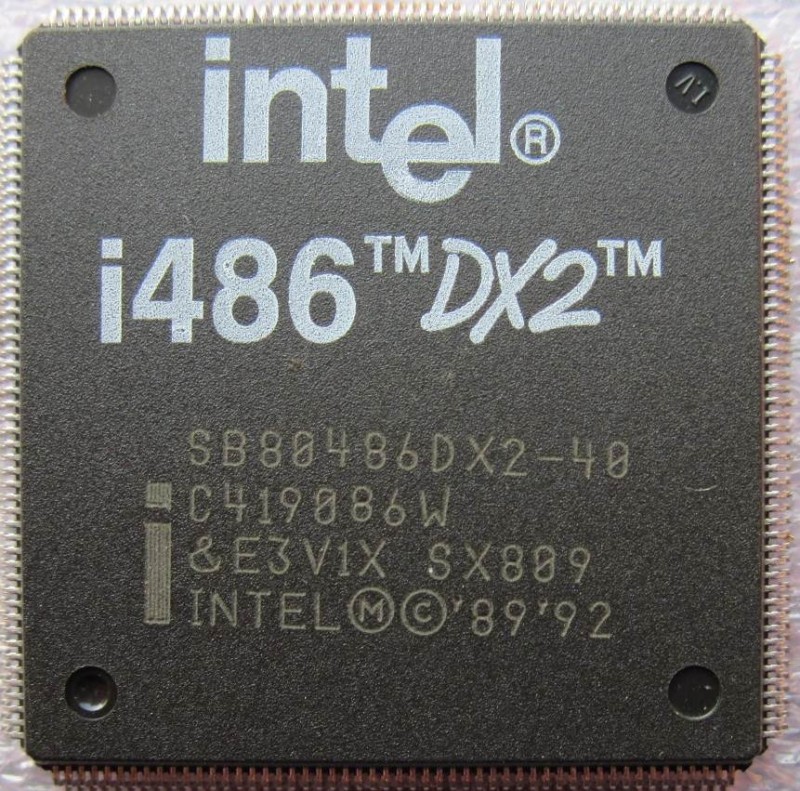
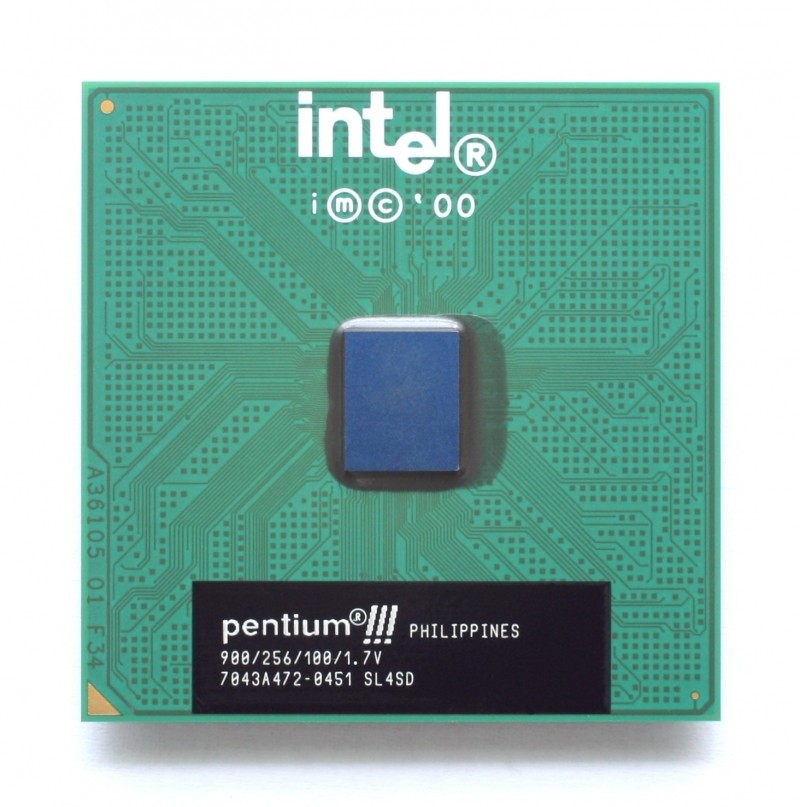
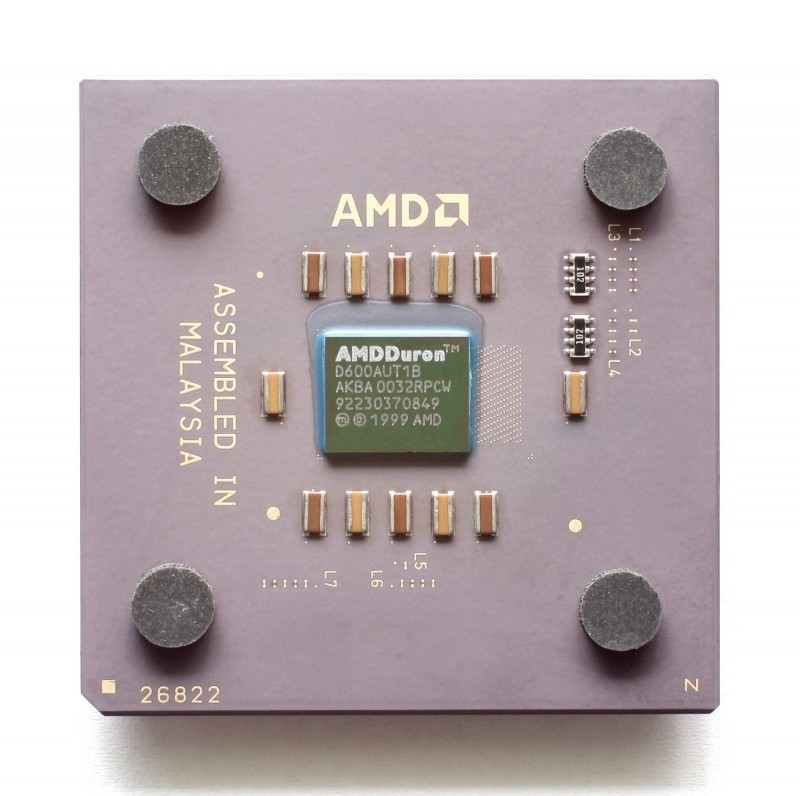
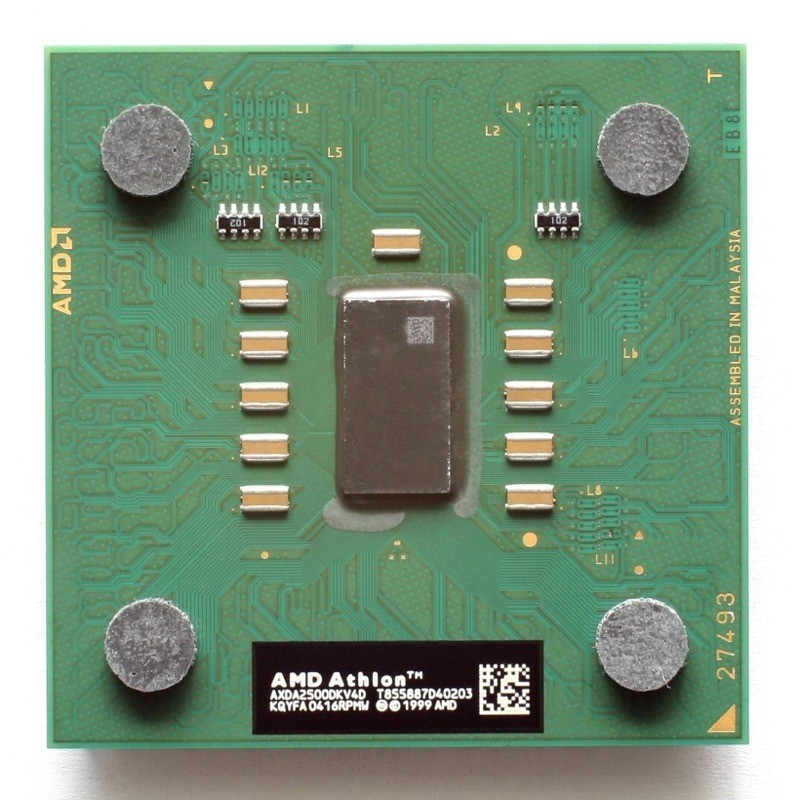
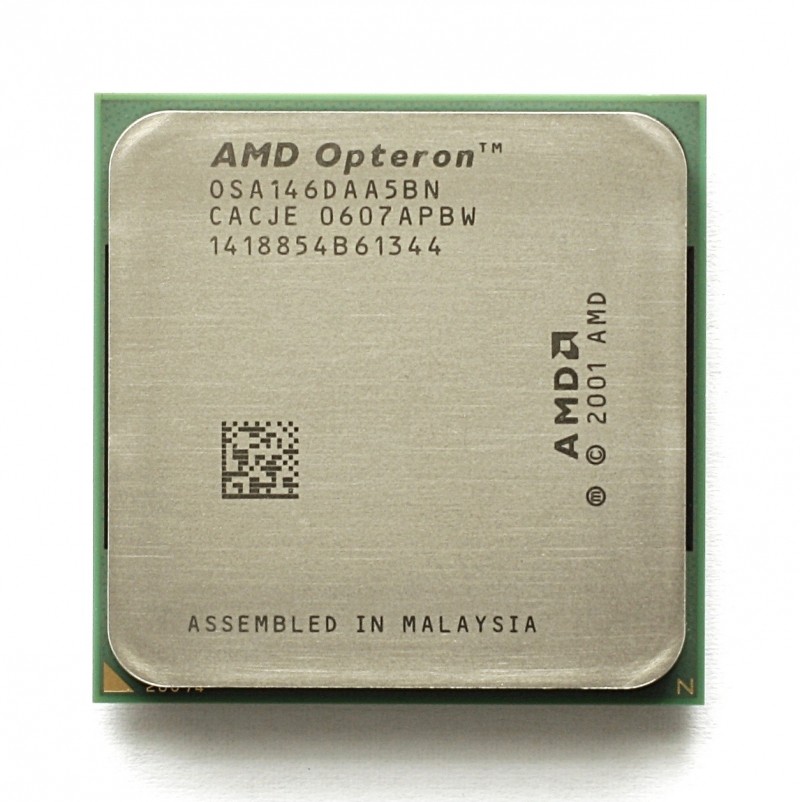
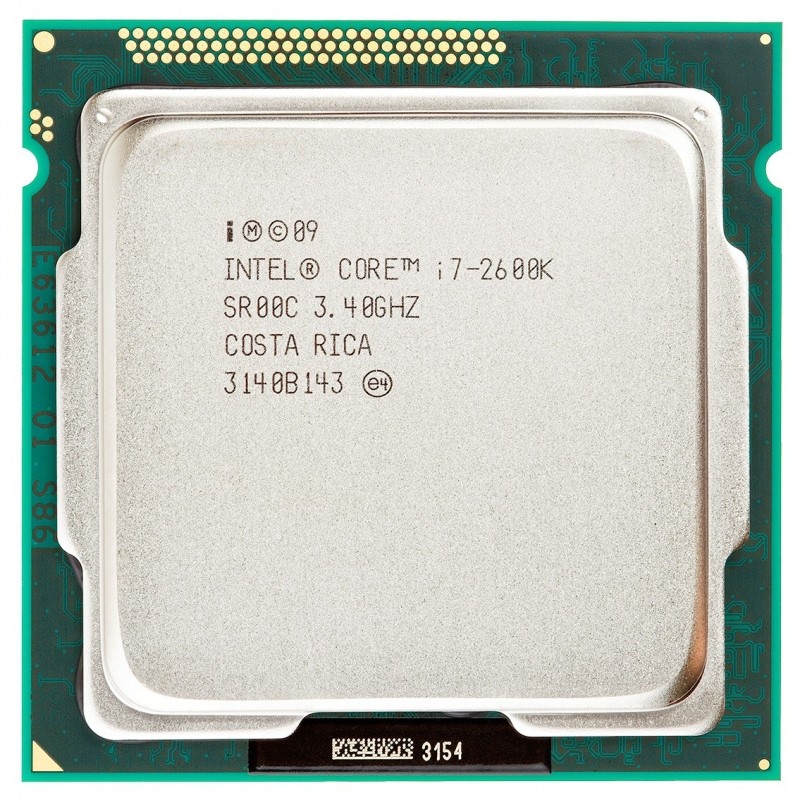
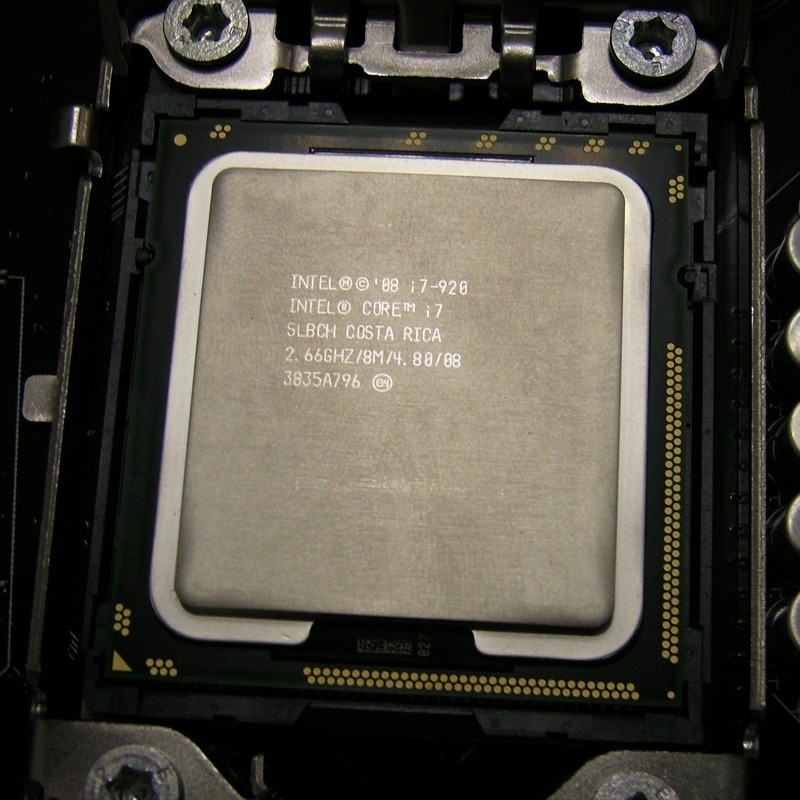
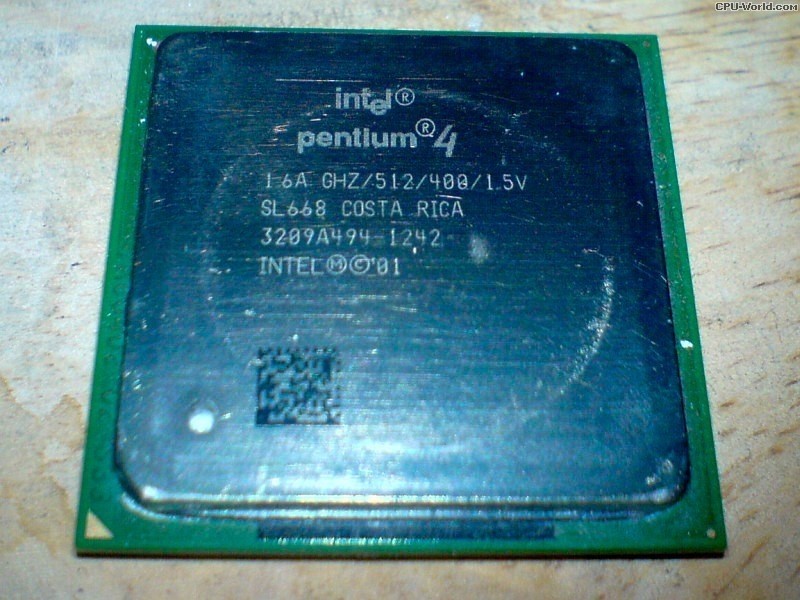
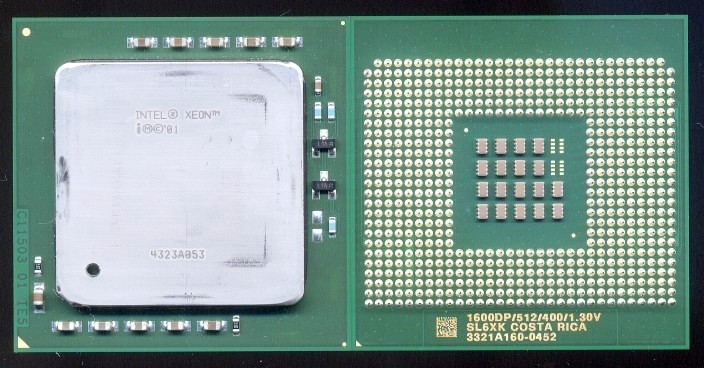
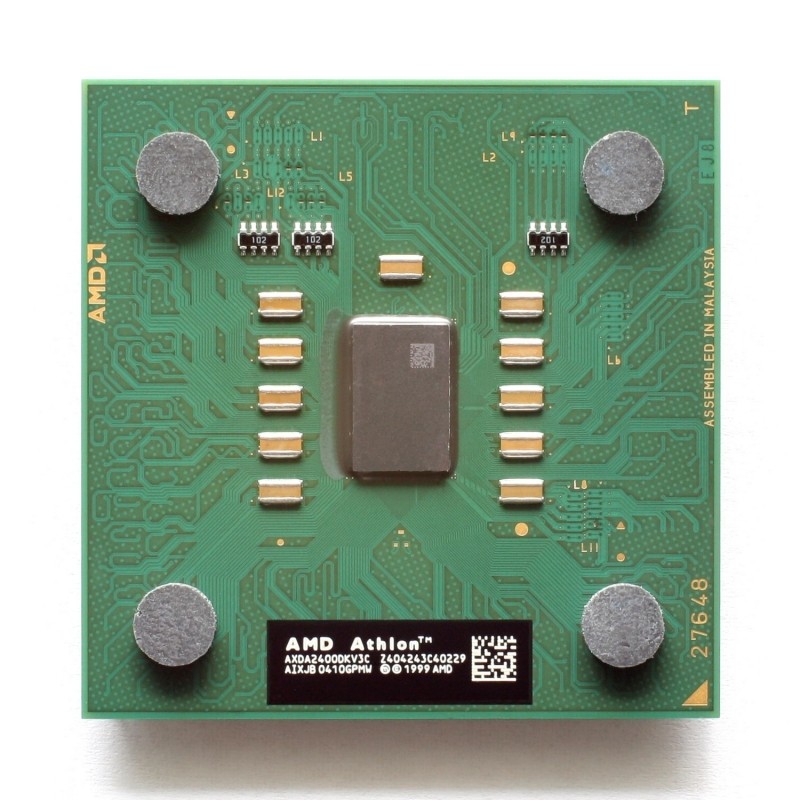
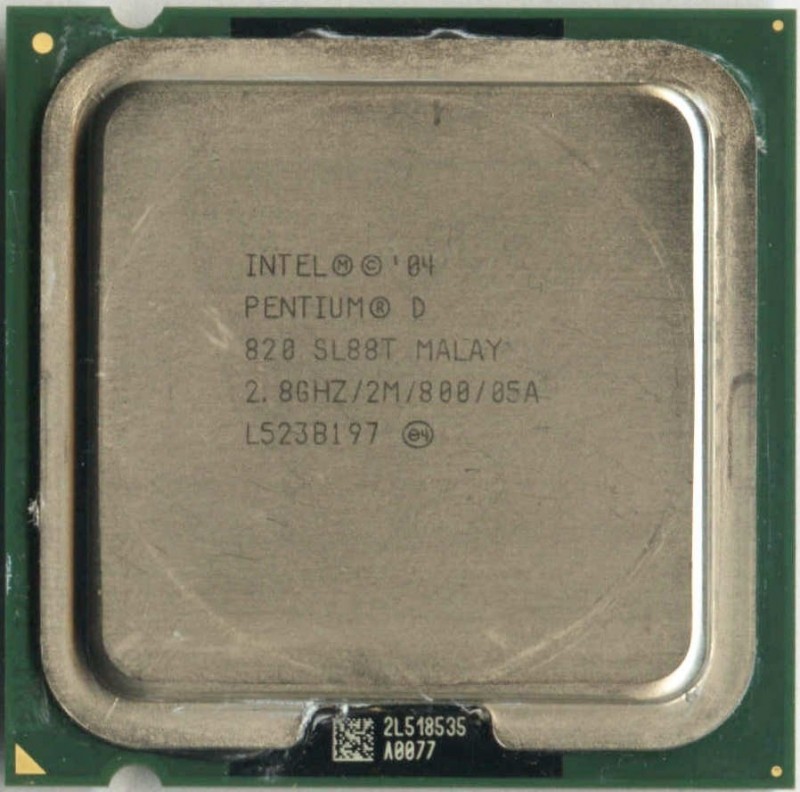
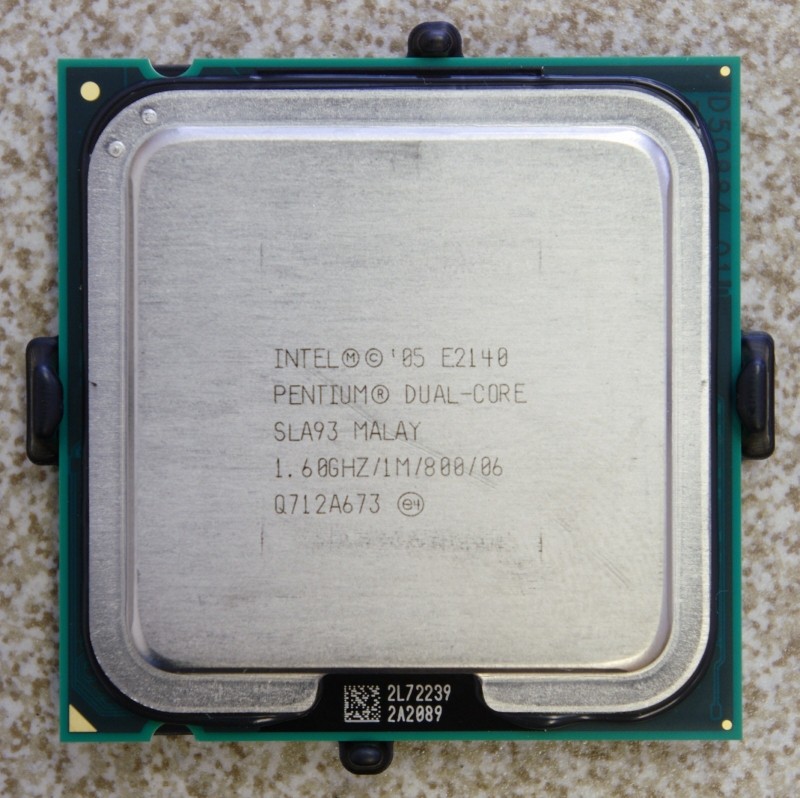
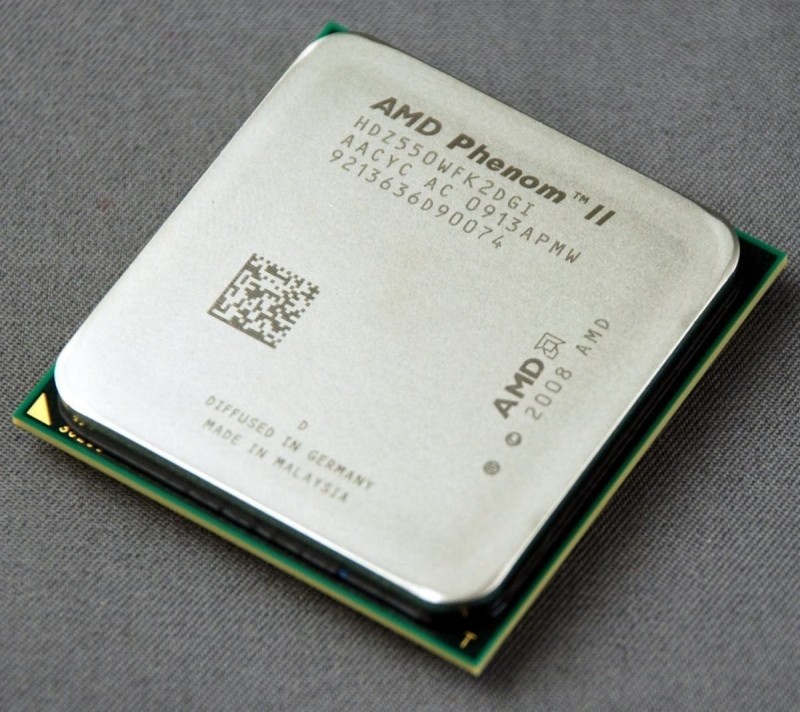
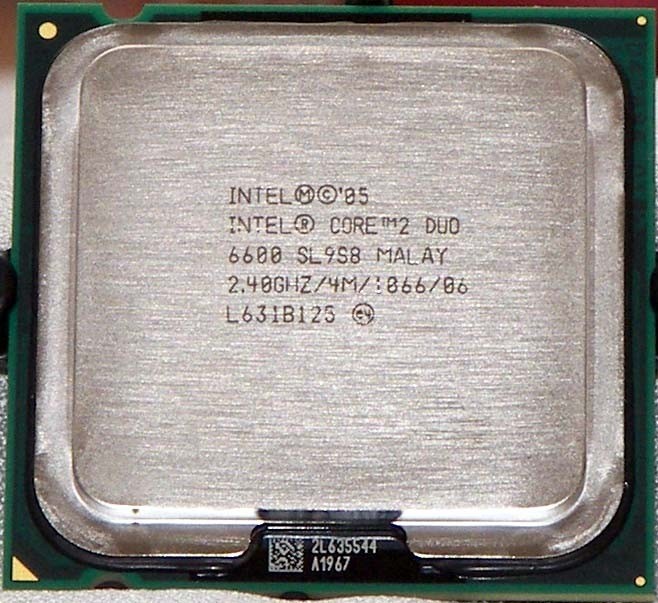
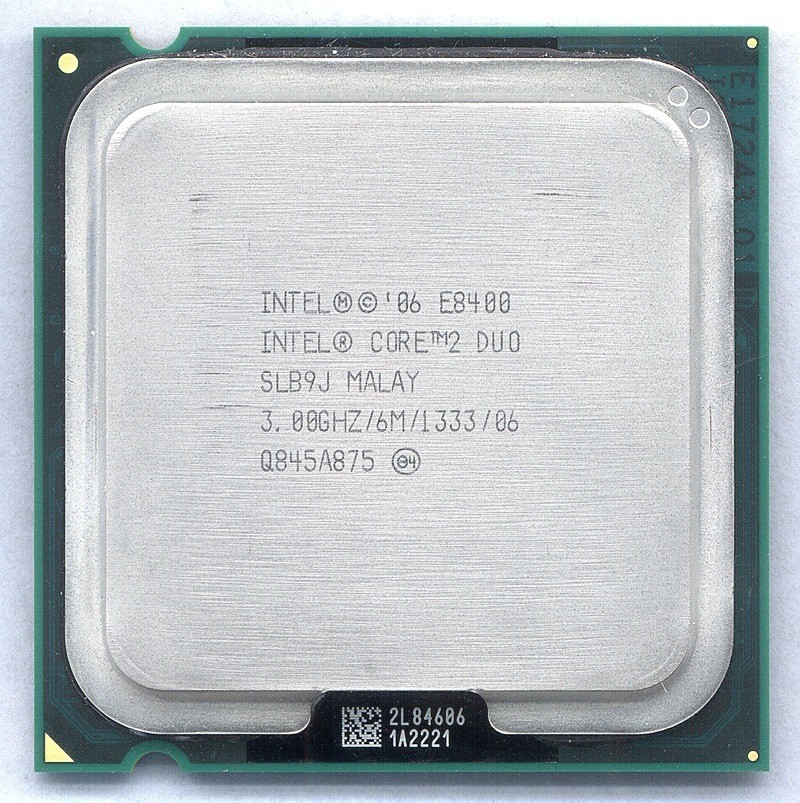










Bookmarks